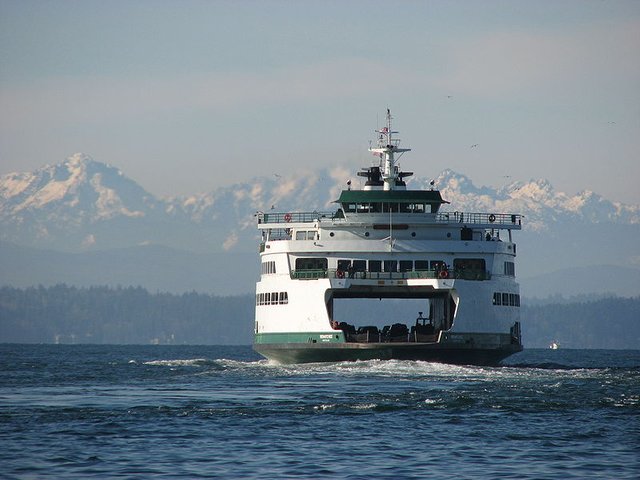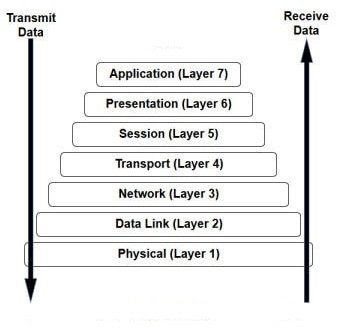Connecting Layer-2 Islands?!
I have to admit! Being on the technical side for several years and then moving to the business side is really exciting (and of course challenging) but sometimes it has a drawback; the technical jargon!
The technical team @ OpenCryptoTrust was asked by the executives to prepare a pitch for one of OpenCT Telco applications over blockchain, the one named ‘BaaT’ or Blockchain as a Transport and here was their initial blunt response:
In BaaT, blockchain can control an architecture that connects geographically dispersed layer-2 islands over any available infrastructure (even the global Internet).
While this is a 100% true statement, it’s too technical. Some audience may not have heard this technical jargon before.
Layer-2 islands? And how would you connect dispersed layer-2 islands? Using a ferry? :)

Let’s try to make it clear and - promise - this will not be too technical.
Let’s start with the OSI model:
The Open Systems Interconnection ‘OSI’ model is a conceptual model that characterizes and standardizes the communication functions of a telecommunication or computing system without regard to its underlying internal structure and technology [Wikipedia].

Starting from the top:
Application Layer (7):
As per its name, this layer supports the applications that the end users interact with, examples: file transfer, email, web browsing, network devices management…
Presentation Layer (6):
Look at it as the layer that performs the translation of data from its ‘application’ format to its ‘network’ format to be sent/received over the underlying network.
Session Layer (5):
This layer is responsible for managing the sessions for the applications between the endpoints of the communication channel.
Transport Layer (4):
Here starts some real functions for the transmission path between the endpoints, like flow control, error recovery, re-transmission…
Network Layer (3):
This layer includes all the logical stuff necessary for the transmission of data packets between the endpoints, like IP addresses, routing information (here comes the functionality of those critical devices called routers that we all hear about).
Data Link Layer (2):
This layer includes all the physical stuff necessary for the transmission of data like physical addresses (MAC addresses), at this layer; data is converted to bits that will flow through the physical network to reach its destination endpoint.
Physical Layer (1):
This is where the real physical characteristics reside of the transmission path and how bits are transmitted across the different physical components: network cards, cables, media…
Getting confused? If not, let’s mention some networking devices and state some bold facts:
Switch:
A device that operates in Layer-2 of the OSI model, meaning that it has no clue about the upper layers (starting from Layer-3).
Router: (sometimes called a Layer-3 switch)
A device that operates in Layer-3 of the OSI model.
For the data to move from one Layer-2 network (IP subnet) to a different Layer-2 network (different IP subnet), it must traverse a router.
Switched Environment:
An environment where many nodes are communicating over Layer-2 only and that are connected and separated by switches only (no routers).
Routed Environment:
An environment where there are multiple networks (and of course switches) and routers that act as the gateways between the different networks.
Internet:
The global Internet is composed of a huge number of nodes, different layer-2 networks (IP subnets) and of course routers connecting between these layer-2 networks to form the Internet.
Let’s quickly get back to our BaaT pitch:
In BaaT, blockchain can control an architecture that connects geographically dispersed layer-2 islands over any available infrastructure (even the global Internet).
Can we rephrase it in light of what we discussed so far? Let’s try:
BaaT is treating the biggest routed environment (the global Internet) as a very big switch so that the environment leveraging BaaT remains like a switched environment although it may span the globe :)